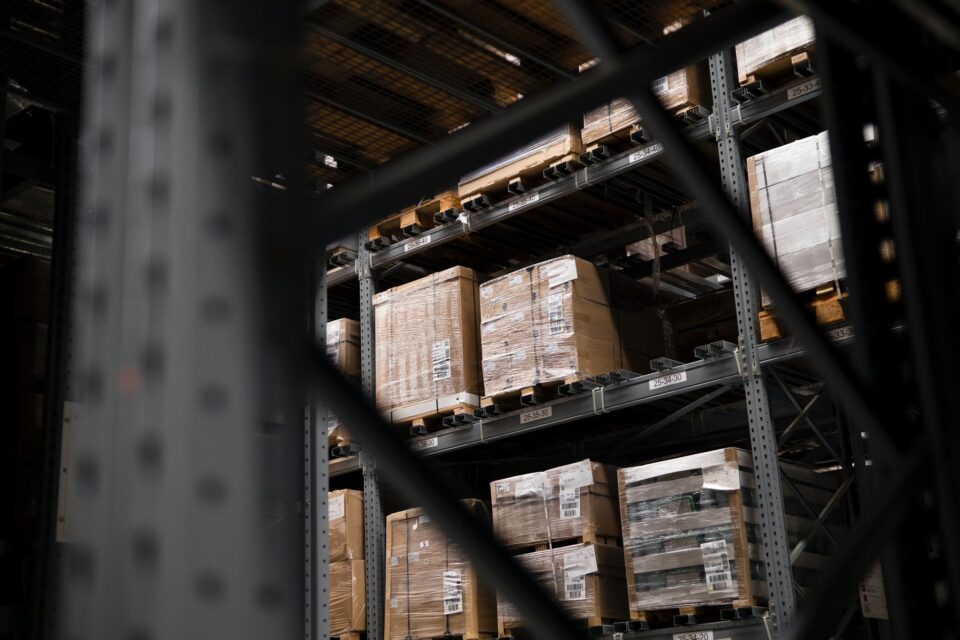
How Vendor Managed Inventory (VMI) Strengthens Supply Chain Resilience and Collaboration
To optimize inventory management, retailers and suppliers are increasingly turning to Vendor Managed Inventory (VMI) tools that transfer the responsibility…
Generix Ushers in a New Era of Intelligent Commerce for Retailers with AI-Driven Innovation Read the press release

ROI is a financial metric that measures the return on an investment relative to the cost of that investment. In simple terms, it tells you how much money you’ve earned (or lost) on an investment, expressed as a percentage of the initial cost.
For businesses that use a WMS, ROI is an important metric because it helps them determine whether the investment in a WMS is paying off or not. By calculating the ROI of their WMS, businesses can identify areas of improvement, track their progress, and make informed decisions about future investments in their supply chain.
Before we dive into calculating the ROI of your WMS, let’s first explore the benefits of using a WMS. Here are some of the main advantages of using a warehouse management system:
Now that we’ve covered the basics, let’s get into the nitty-gritty of calculating the ROI of your warehouse management system. Here’s a step-by-step guide:
The first step in calculating the ROI of your WMS is to determine the costs of implementing a WMS. This includes:
The next step is to identify the benefits of using a WMS. This includes both tangible and intangible benefits, such as:
Now that you’ve identified the costs and benefits of your WMS, it’s time to calculate the ROI. Here’s the formula:
ROI = (Benefits – Costs) / Costs x 100
For example, let’s say your WMS costs $100,000 to implement and provides $200,000 in benefits over a three-year period. Using the formula, your ROI would be:
ROI = ($200,000 – $100,000) / $100,000 x 100
ROI = 100%
This means that for every dollar invested in your WMS, you can expect to receive $1 in return over a three-year period.
Q: What if my WMS costs more than it provides in benefits?
A: If your WMS costs more than it provides in benefits, then it may not be worth the investment. In this case, you may want to consider other options or re-evaluate your supply chain strategy.
Q: Can I use ROI to compare different WMS solutions?
A: Yes, you can use ROI to compare different WMS solutions. However, you should make sure to compare the costs and benefits of each solution carefully to ensure that you’re comparing apples to apples.
Q: How often should I recalculate the ROI of my WMS?
A: You should recalculate the ROI of your WMS on a regular basis, such as annually or every few years. This will help you track your progress and identify areas of improvement.
Figuring out your WMS ROI is an essential step in measuring the effectiveness of your supply chain strategy. By following the steps outlined in this article, you can identify the costs and benefits of your WMS and calculate your ROI.
Remember to recalculate your ROI on a regular basis and make informed decisions about future investments in your supply chain. With a well-implemented WMS, you can expect to see increased efficiency, better inventory management, improved customer service, and enhanced data visibility, leading to a more profitable and successful business.

To optimize inventory management, retailers and suppliers are increasingly turning to Vendor Managed Inventory (VMI) tools that transfer the responsibility…

In an ever-evolving logistics environment, agile and precise warehouse resource management is essential to remain competitive. With increasing volumes driven…

France’s electronic invoicing reform relies on a Y-architecture, where Partner Dematerialization Providers (PDPs) play a central role in issuing and…

Work with our team to build your ideal supply chain software stack and tailor it to your unique business needs.